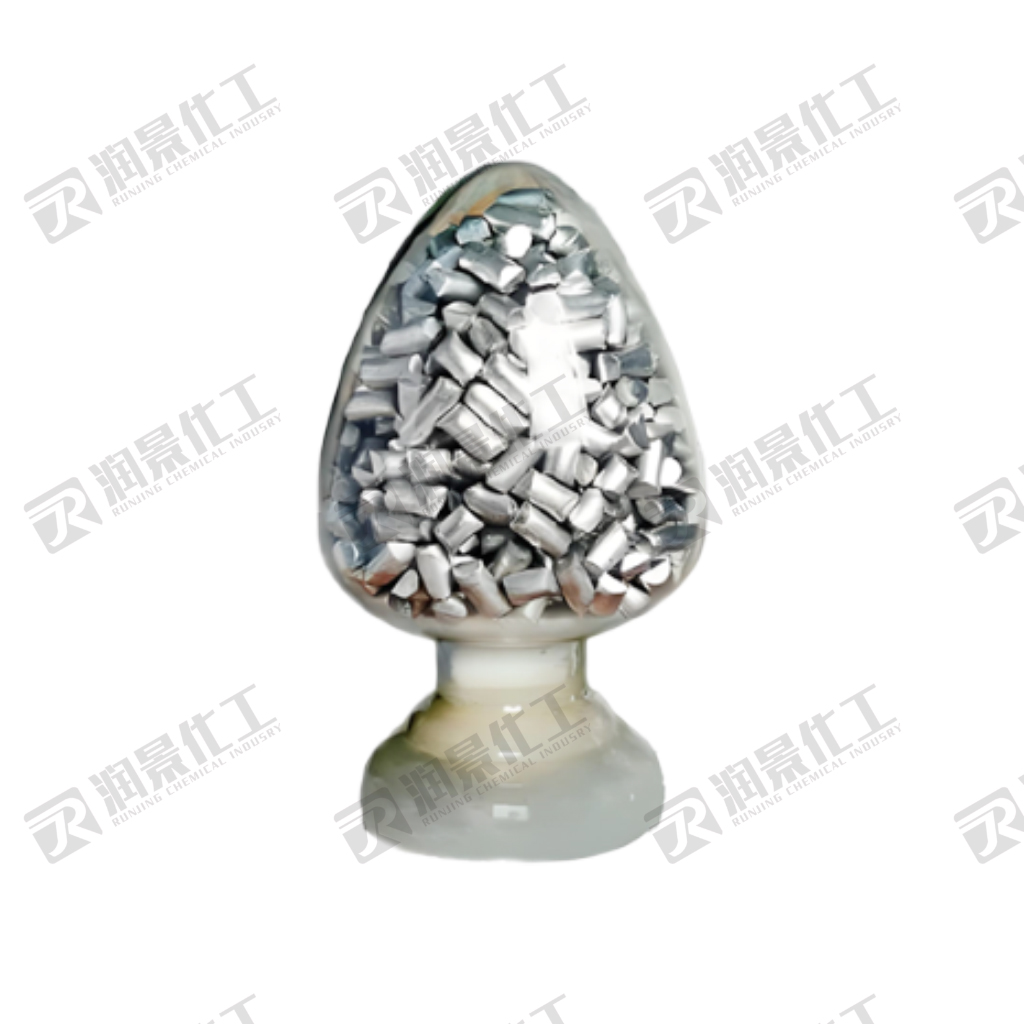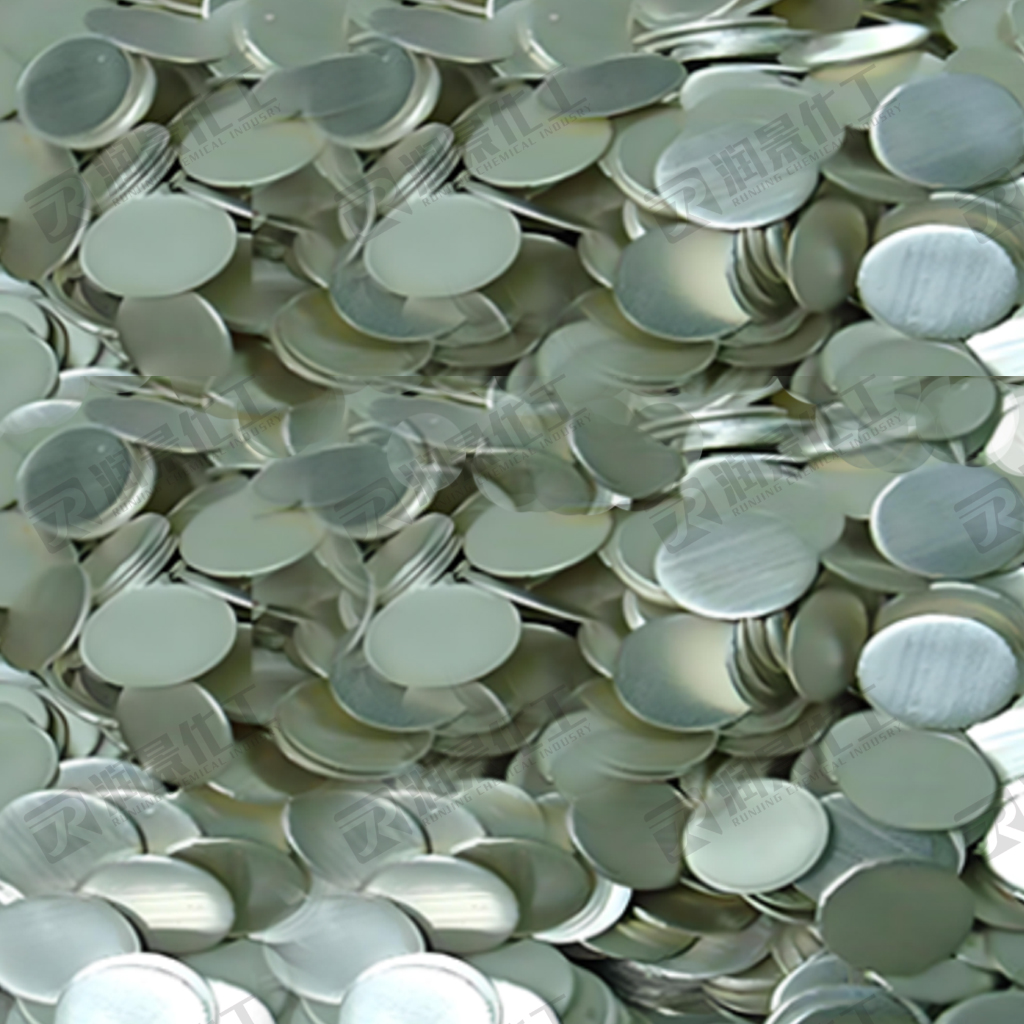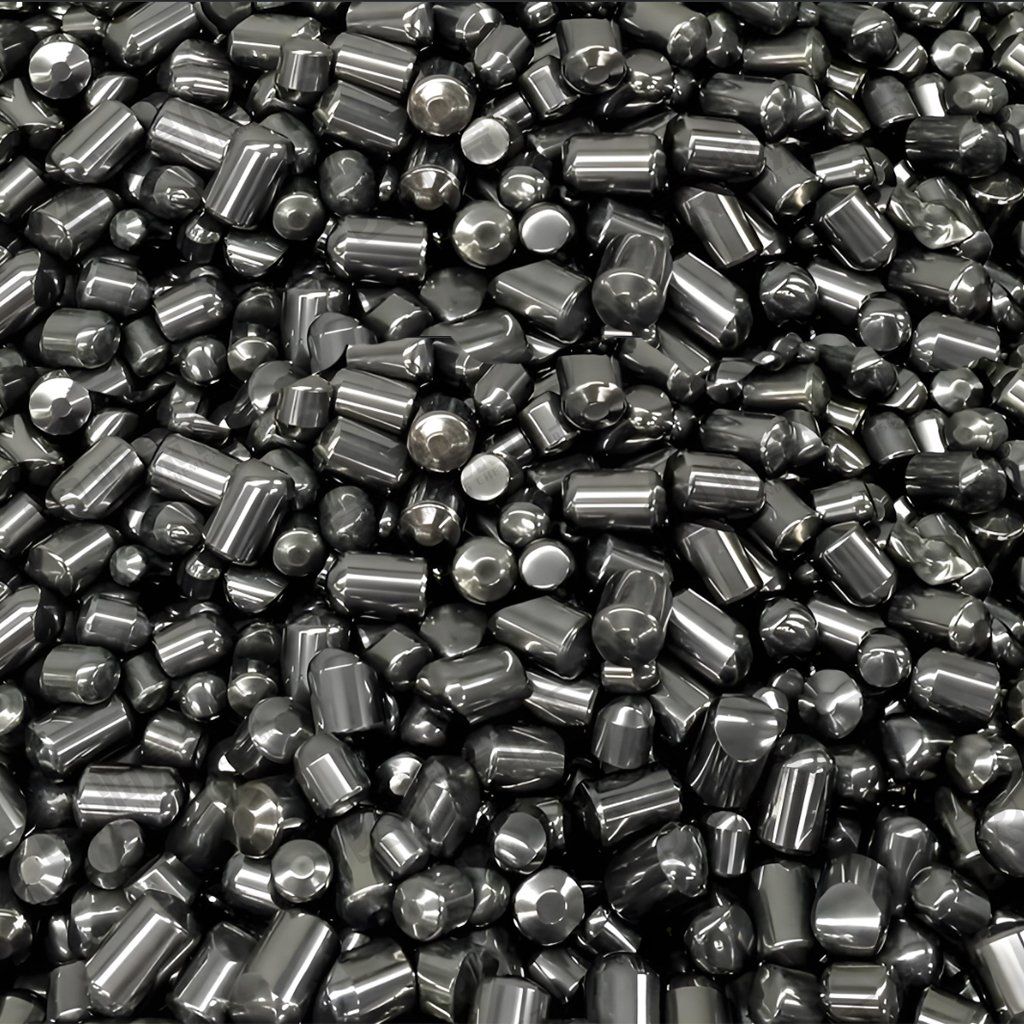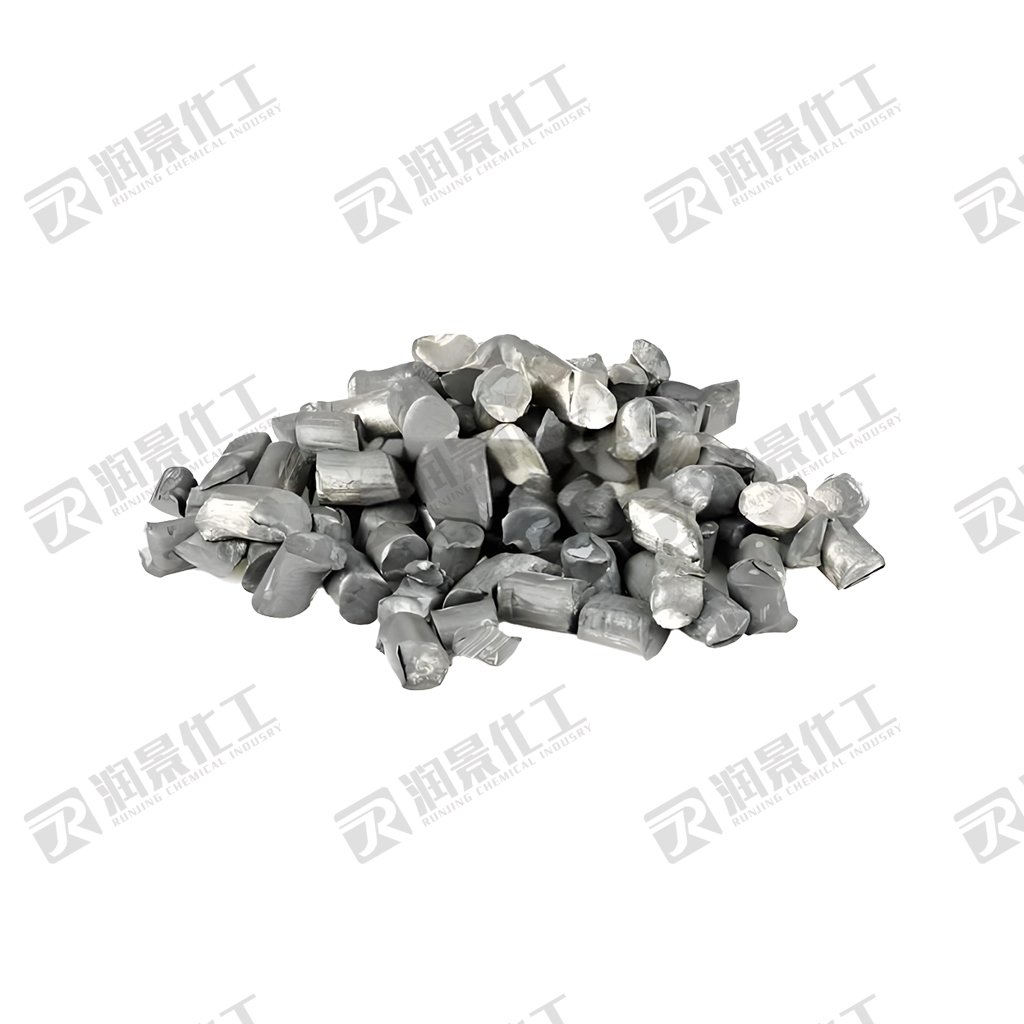- CAS No.:: 7439-93-2
- EINECS number:: 231-102-5
- molecular formula: Li
- molecular mass: 6.94 g/mol
- exterior condition: Silver-white metal
- intensity: 0.534 g/cm³
- melting point: 180.5°C
- boiling: 1590°C
- flash point: Not measurable (flammable)
- solubility: Reacts with water to form hydrogen gas, easily soluble in alcohols and ethers
- solubility: reacts violently with water to form hydrogen gas and lithium hydroxide
- pH value: Alkaline in aqueous solution after dissolution
- Packaging specification::
- 100g/bottle
- 1kg/bottle
- 150kg/drum
- preparation (chemistry)::
- Lithium metal is often prepared by electrolyzing lithium chloride (LiCl). Lithium salts can also be reduced to lithium metal by reduction reaction, which is widely used in lithium batteries, alloys and chemical synthesis.
Applications:
- As a light metal, lithium metal has a wide range of applications in the high temperature alloy and metallurgical industries. In particular, it has important applications in the fields of lithium batteries, energy storage technology, reducing agents in chemical reactions and lubricating materials.
Hazardous materials labeling:
- Fire and explosion hazardsLithium metal is easily oxidized in air, reacts violently with water, produces hydrogen gas and may cause a fire or explosion.
- stimulating: Lithium metal reacts with water to form hydrogen gas, which may cause skin, eye and respiratory tract irritation.
Storage and security:
- Storage conditions: Store in dry, tightly closed containers away from moisture.
- protection against tides: Must remain isolated from water and moisture and avoid exposure to airborne moisture.
- safety precautions: Storage and use require appropriate protective equipment, including protective eyewear, protective gloves, and coveralls of water-resistant materials to avoid contact with water.







